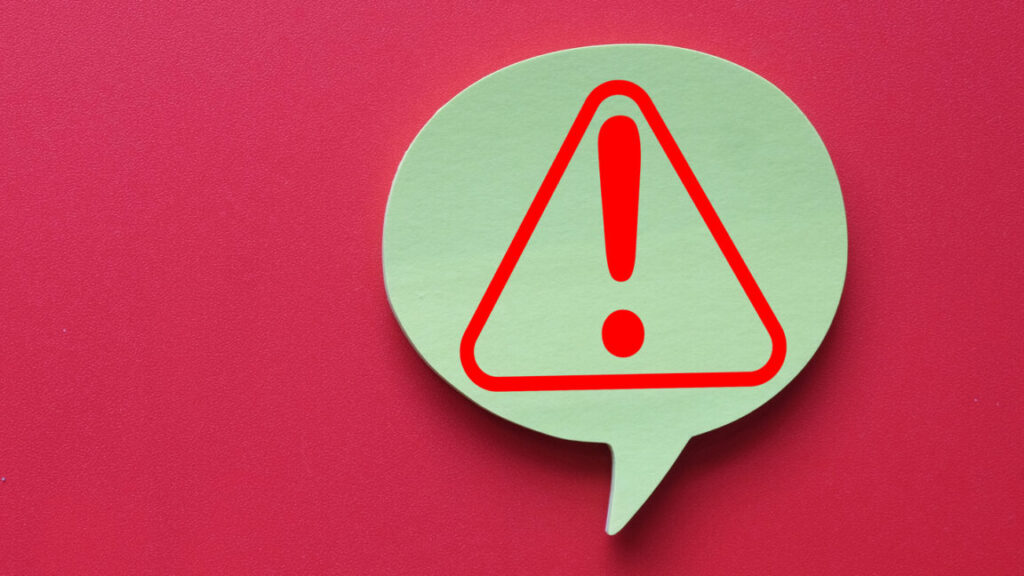xAI data center gets air permit to run 15 turbines, but imaging shows 24 on site
Before xAI got the permit, residents were stuck relying on infrequent thermal imaging to determine how many turbines appeared to be running without BACT. Now that xAI has secured the permit, the company will be required to “record the date, time, and durations of all startups, shutdowns, malfunctions, and tuning events” and “always minimize emissions including startup, shutdown, maintenance, and combustion tuning periods.”
These records—which also document fuel usage, facility-wide emissions, and excess emissions—must be shared with the health department semiannually, with xAI’s first report due by December 31. Additionally, xAI must maintain five years of “monitoring, preventive, and maintenance records for air pollution control equipment,” which the department can request to review at any time.
For Memphis residents worried about smog-forming pollution, the worst fear would likely be visibly detecting the pollution. Mitigating this, xAI’s air permit requires that visible emissions “from each emission point at the facility shall not exceed” 20 percent in opacity for more than minutes in any one-hour period or more than 20 minutes in any 24-hour period.
It also prevents xAI from operating turbines all the time, limiting xAI to “a maximum of 22 startup events and 22 shutdown events per year” for the 15 turbines included in the permit, “with a total combined duration of 110 hours annually.” Additionally, it specifies that each startup or shutdown event must not exceed one hour.
A senior communications manager for the SELC, Eric Hilt, told Ars that the “SELC and our partners intend to continue monitoring xAI’s operations in the Memphis area.” He further noted that the air permit does not address all of citizens’ concerns at a time when xAI is planning to build another data center in the area, sparking new questions.
“While these permits increase the amount of public information and accountability around 15 of xAI’s turbines, there are still significant concerns around transparency—both for xAI’s first South Memphis data center near the Boxtown neighborhood and the planned data center in the Whitehaven neighborhood,” Hilt said. “XAI has not said how that second data center will be powered or if it plans to use gas turbines for that facility as well.”
xAI data center gets air permit to run 15 turbines, but imaging shows 24 on site Read More »














